In manufacturing, 3-axis CNC machines are known for their versatility, widespread applicability, precision, and efficiency in cutting, shaping, and carving materials.
The primary types of CNC machines (that can be 3-axis) include milling machines, routers, and grinders. Each machine has its own distinct purpose. Milling machines are ideal for complex shaping, while routers excel in general fabrication and grinders are used for material finishing.
Understanding the capabilities and applications of these machines is crucial for anyone involved in manufacturing or material processing.
In this article, we’ll cover the capabilities and limitations of 3-axis CNC machines for stone cutting applications and which factors to consider before purchasing a 3-axis machine for stone fabrication.
Capabilities
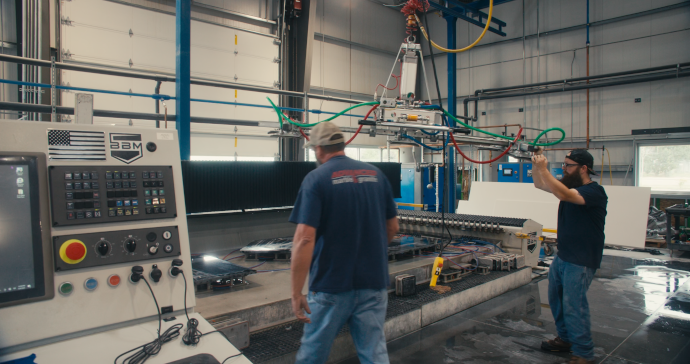
A 3-axis machine is only capable of operating within the three axes: X (horizontal), Y (vertical), and Z (depth). This configuration allows for movement and cutting in these three directions, enabling the machine to create various shapes and designs within a limited range of motion compared to machines with more axes.
Beyond that, the machine’s capabilities will vary based on the machine type and its function in stone cutting applications.
For example, milling machines are ideal for making intricate and precise cuts, creating detailed work on stone, and creating complex shapes and 3D designs. Routers are more suited for softer stones and are exceptional for detailing, engraving, and finishing work. Lastly, grinders are used for surface finishing, polishing, and preparing stone surfaces, especially where a smooth, polished finish is needed.
Limitations
As mentioned in the previous section, 3-axis machines are limited by the axes they operate on, limiting their ability to create more complex designs. The fourth, fifth, and sixth axes enhance machines beyond the basic three-dimensional movements. The fourth axis typically allows rotation around the X-axis, while the fifth axis adds rotation around the Y-axis, increasing the angular range for intricate cuts.
There are other limitations based on the machine type.
3-Axis Milling Machine
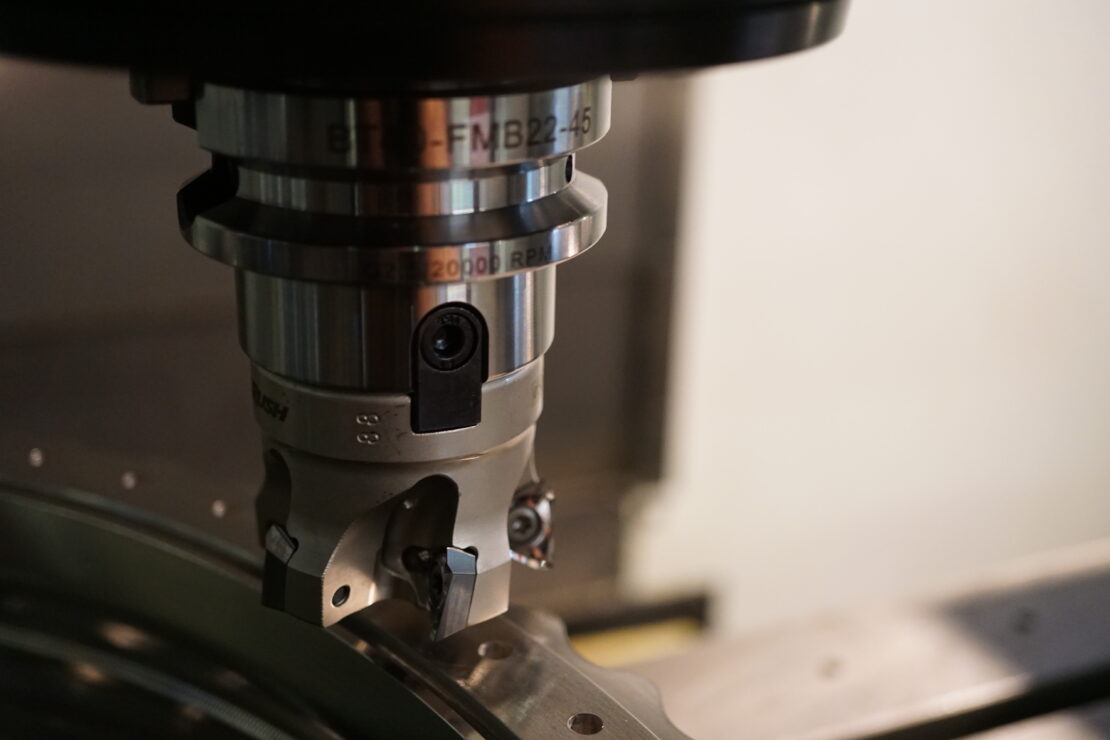
3-axis milling machines are limited in angle variation and can’t achieve the complex undercuts or intricate angles possible with 5- or 6-axis machines, which limits their effectiveness in carving more complex stone designs. They may be limited with harder stone materials like granite due to their density and abrasiveness, which can wear the tooling faster. Additionally, thicker slabs might require more advanced machinery with greater cutting capabilities, such as 5-axis or 6-axis machines, to handle the material without compromising the quality of the cut.
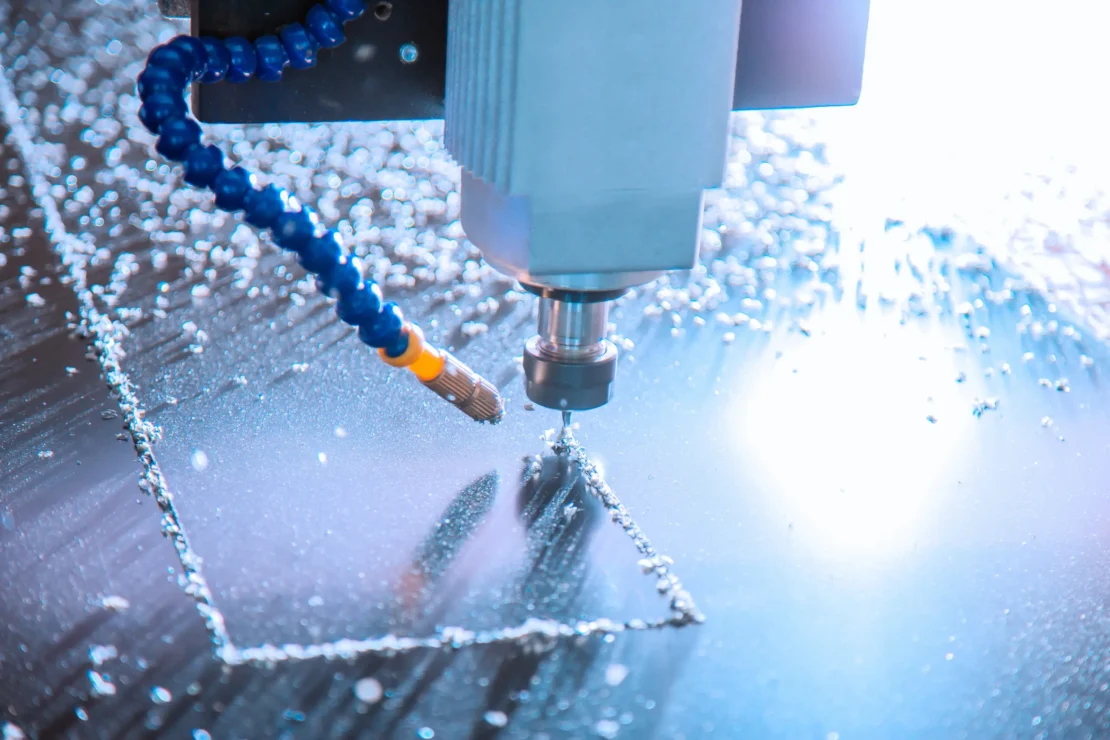
3-Axis Routers
Routers are primarily designed for softer materials like marble, limestone, and soapstone and ill-suited for extremely hard stones like granite and quartzite, as they can be too dense and cause excessive wear on the router bits. Additionally, routers are more efficient with thinner slabs of stones.
3-Axis Grinders
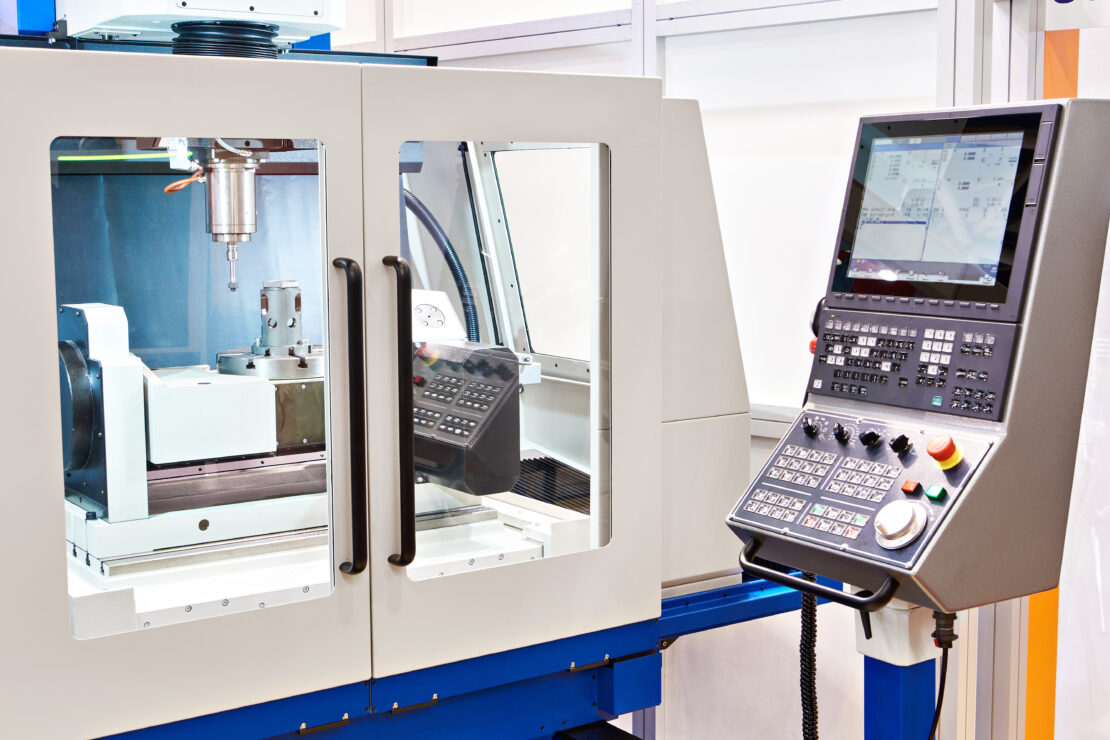
While grinders are excellent for surface finishing, they cannot handle varying material thicknesses and are less versatile in shaping and cutting than higher-axis machines. The exact thickness limitation will vary based on the manufacturer of the machine and the overall design of the grinder. As a general rule, they are more effective with thinner stone slabs and less suitable for very hard or abrasive stones like granite or engineered quartz.
Considerations
There are several factors you should consider before purchasing a 3-axis CNC machine. These include:
Material Type
What material will be used, and how thick will it be? If you’re using thinner, softer stones, like marble or soapstone, you might be fine purchasing a 3-axis CNC machine. However, if you’re processing harder stones like quartzite or granite or thicker slabs of stone, you may want to purchase a sawjet or waterjet machine capable of slicing through thicker, harder stone.
Application
Of course, the type of processing you’re doing will determine the type of machine you purchase. A grinder can handle most basic finishing work, but a router or milling machine is better for general fabrication. You also need to analyze the complexity of the machining you’re doing. If you’re shaping stone into complex geometries, engraving intricate designs, or need to perform more intricate undercuts, a 5-axis or 6-axis machine will be the better option. But, if your application just involves simple, flat, or less detailed cuts, like straight vertical or horizontal cuts, a 3-axis machine will most likely be the most cost-effective choice.
Equipment Footprint
Evaluate the available space in your workshop, as machine sizes vary. 5- and 6-axis machines are larger than their 3-axis counterparts because they need additional space and mechanisms to accommodate the extra axes of movement.
Precision/Accuracy
Ensure the machine you choose meets your specific application’s precision and accuracy requirements. If your application requires complex, detailed work and high precision, you’re better off investing in a 5- or 6-axis CNC machine. Always look at the machine’s specifications, tolerance levels, and ability to maintain precision over complex geometries and angles.
Find the Right Machine With Help From BACA Systems
Do you need help finding the right machine for your stone fabrication process? BACA Systems is here to help!
Founded in 2014, we manufacture industry-leading stone fabrication equipment, including milling machines, miter saws, CNC saws, and sawjet systems designed to handle the toughest stone slabs. We design our equipment with higher yields, smaller footprints, and extreme precision in mind.
Please contact us today to learn more about our stone cutting solutions or visit our website to learn more about our Fly to Detroit opportunity, which allows you to see first-hand the difference our equipment can make in shops like yours.
